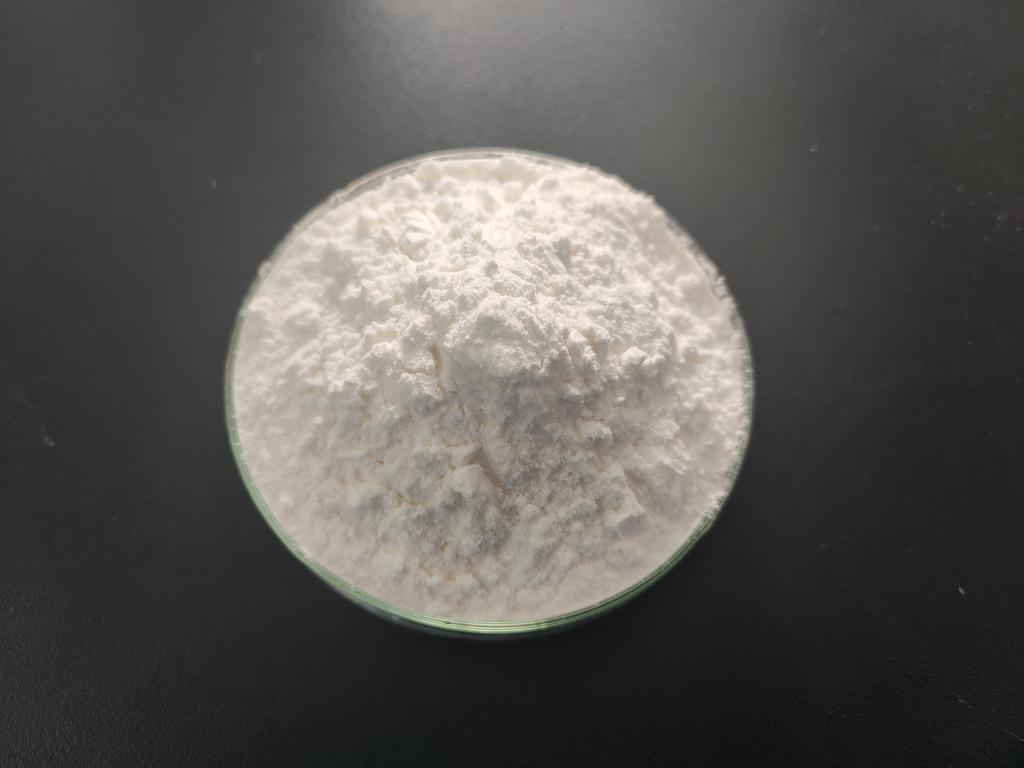Tel:0086 18231198596

News
Regulatory approval and safety considerations of ε-Polylysine hydrochloride usage in food.
TIME:2024-05-09
Regulatory Approval Process:
The regulatory approval process for ε-PL-HCl varies depending on the country and the intended use in food products. In many jurisdictions, ε-PL-HCl is regulated as a food additive, and its approval involves comprehensive safety assessments conducted by regulatory agencies such as the U.S. Food and Drug Administration (FDA), European Food Safety Authority (EFSA), and other national regulatory authorities. These assessments typically include toxicological studies, microbial safety evaluations, and dietary exposure assessments to determine its safety for human consumption.
Toxicological Evaluations:
Toxicological studies are conducted to assess the potential adverse effects of ε-PL-HCl on human health. These studies include acute toxicity tests, subchronic toxicity studies, genotoxicity assessments, carcinogenicity studies, and reproductive toxicity evaluations. The results of these studies help establish the acceptable daily intake (ADI) and set maximum residue limits (MRLs) for ε-PL-HCl in food products.
Microbial Safety Assessments:
Microbial safety evaluations assess the potential risks associated with microbial contamination of ε-PL-HCl and its impact on food safety. These assessments examine factors such as the microbial purity of ε-PL-HCl preparations, the presence of pathogens or toxins, and the potential for microbial growth or contamination during storage and handling. Measures are taken to ensure that ε-PL-HCl does not pose a microbiological risk to food products.
Dietary Exposure Assessments:
Dietary exposure assessments estimate the daily intake of ε-PL-HCl from various food sources and evaluate its potential impact on consumer health. These assessments consider factors such as the intended use levels of ε-PL-HCl in food products, consumption patterns, and dietary habits of different population groups. The results help determine the safety margin and establish appropriate usage levels for ε-PL-HCl in food applications.
Regulatory Status:
ε-Polylysine hydrochloride has been approved for use as a food additive in many countries, including the United States, European Union, Japan, and China. It is classified as Generally Recognized as Safe (GRAS) by the FDA and has been assigned an ADI by regulatory authorities based on safety evaluations. ε-PL-HCl is permitted for use in various food categories, including meat, poultry, seafood, dairy products, baked goods, and beverages, within specified usage levels and under Good Manufacturing Practice (GMP) guidelines.
Challenges and Considerations:
Despite its regulatory approval and widespread use, several challenges and considerations remain regarding the safety and regulatory status of ε-PL-HCl. These include addressing potential allergic reactions or sensitivities, ensuring compliance with labeling requirements, monitoring for emerging safety concerns or adverse effects, and addressing regulatory differences between countries. Additionally, ongoing research and surveillance are needed to assess the long-term safety and efficacy of ε-PL-HCl in food applications.
Future Perspectives:
Future research directions in the field of ε-PL-HCl usage in food should focus on addressing the aforementioned challenges, as well as exploring novel applications, formulation technologies, and safety assessment methodologies. Collaboration between regulatory agencies, industry stakeholders, and the scientific community is essential for ensuring the safety, efficacy, and regulatory compliance of ε-PL-HCl in food products. Continued efforts in this area will facilitate the responsible use of ε-PL-HCl as a food additive while meeting consumer demand for safer and more natural food products.
Conclusion:
Regulatory approval and safety considerations are critical aspects of ε-Polylysine hydrochloride usage in food. Through comprehensive toxicological evaluations, microbial safety assessments, dietary exposure assessments, and regulatory approvals, ε-PL-HCl has been deemed safe for use as a food additive in many countries. However, ongoing research and surveillance are needed to address emerging safety concerns and ensure the continued safety and efficacy of ε-PL-HCl in food applications. By adhering to regulatory standards and best practices, the food industry can harness the benefits of ε-PL-HCl while ensuring consumer safety and confidence in food products.

 CONTACT
CONTACT




